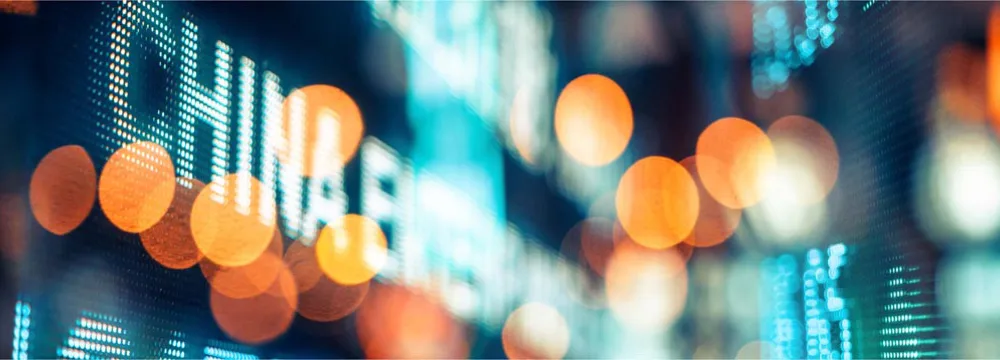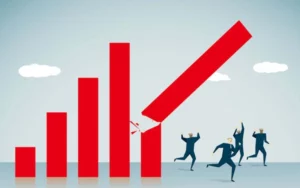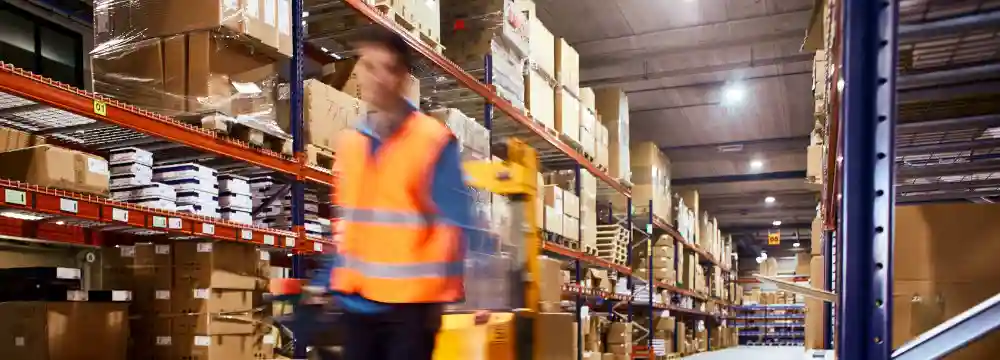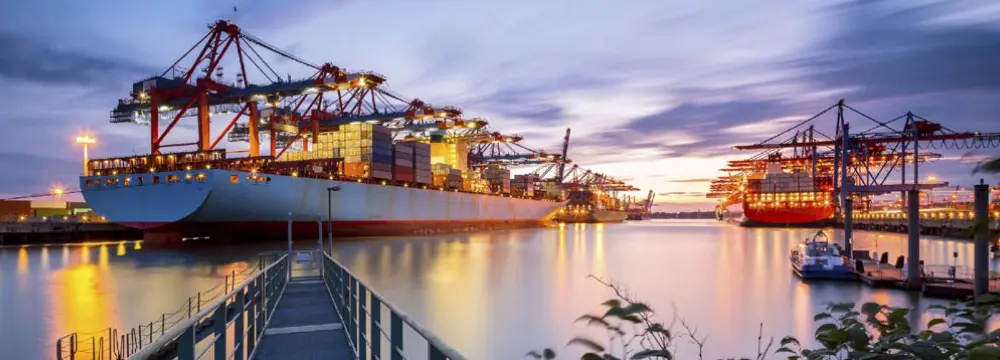A trade cycle is an economic theory showing how the growth of a country can be classified depending its current phase. Generally, four phases occur: the boom, the peak, the recession, and the recovery. The boom is a period of high growth causing inflation, whereas the peak is when growth begins to stagnate at the top of an economic cycle.
During a recession, economic output falls while the recovery encounters growth. Many factors affect an economic cycle, and while a country can try and influence the process, it can often be outside of the nation’s control.
If high confidence in the economy exists due to current growth, a knock-on effect may emerge which further increases growth. The momentum of positive growth allows businesses and consumers to contribute to the economy by spending more money on goods and services, leading to increased asset prices.
The government can also try and influence the trade cycles by manipulating the interest rate. Battling inflation through interest rate controls, the central bank encourages citizens to both save money and avoid assets and loan acquisitions. This should slow down the rate of inflation. During global economic downturns, the global economy suffers as each country is negatively affected by external factors. Often, technology advancements induce stronger economic growth which eventually lifts the world economy.
The overall trend of the Chinese economy is unambiguous during the last decades.
Business Cycle China: Slow Down to Normality
The Chinese Government is in general playing a special role in China’s business cylce. With state intervention, China has been able to carefully position themselves stronger compared to similar nations.
Due to reforms started in the 1970s, China’s economic performance experienced a remarkable economic boom where average annual growth exceeded 10%. China’s large trade surplus has resulted in an economy dependent on exports which is driving untenable imbalance of trade between exports and imports.
During the 2008 slowdown, many firms encountered large inventories leading to failures to repay loans. This situation, coupled with weak domestic consumption of goods failed to generate the demand to continue to grow the economy. Through manipulating monetary policy China is trying to stimulate growth by cutting interest rates.
As a result, the government encouraged a massive infrastructure and housing investment strategy which caused real estate prices to explode as banks offered favourable bank loans to encourage investment. One adverse result of this policy is the country’s debt to GDP ratio rose to the highest debt to GDP ratio of all emerging economies.
While China’s current growth rate is slowing, the country has not yet experienced a recession, but the uncertainty surrounding the country is apparent. China is facing many threats, with many other emerging countries able to offer cheaper exports, the countries needs to focus on sustainable growth, and start to address the problems they can see emerging.
By large state sector and continuously adjusting regulations, tightening restrictions on amounts brokerages can lend for stock trading, as well as purchasing foreign exchange reserves to reduce Yuan appreciation China is able to influence the China business cycle.
Not only China is worried about a sudden stop of the economic growth
– the whole world would be strongly affected.
Currently the economy in China is starting to normalize and return to the stand condition considering their position. After going through a rapid catch up process after such unprecedented growth, the normalization process is usual after such a large boom, but with the possible recession cycle to follow it will be interesting to see how able China will cope.






